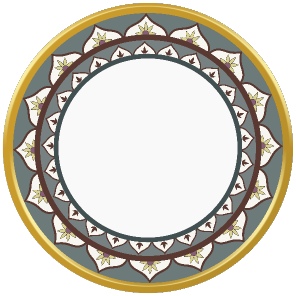

0


0

FOOD
By Heer Kothari
26 June, 2018
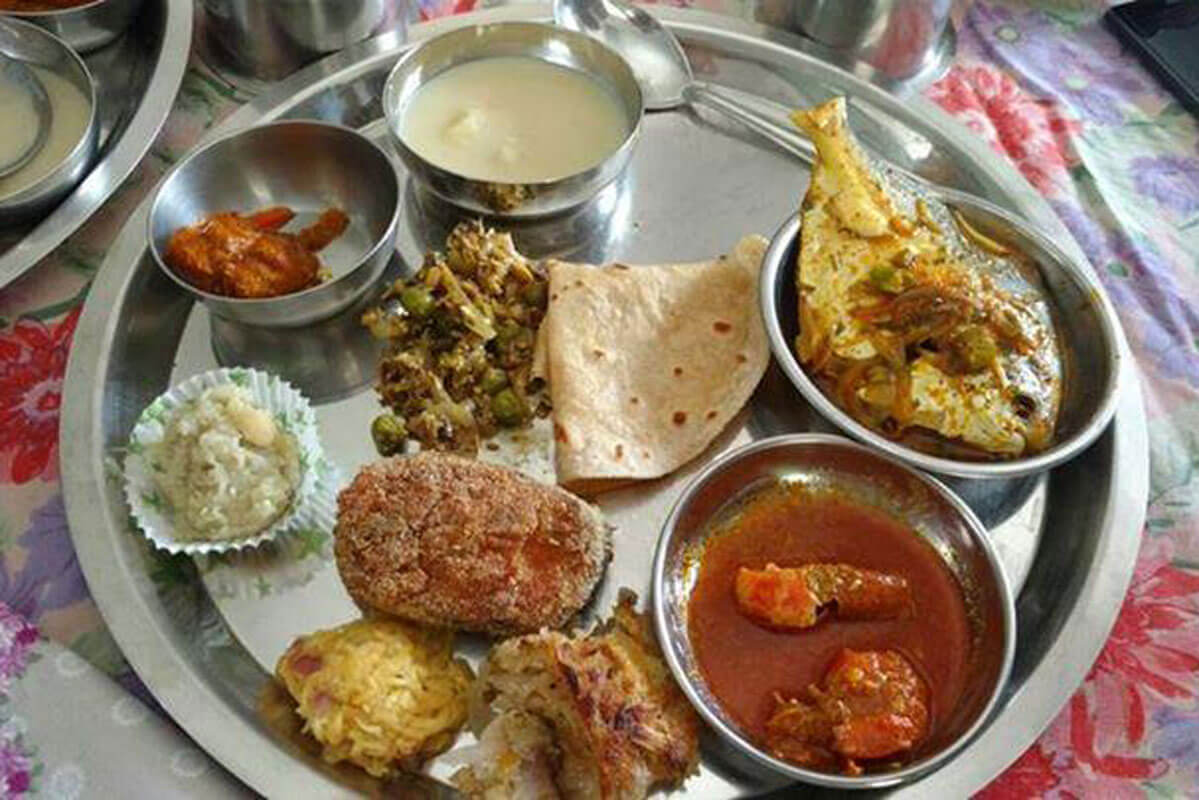
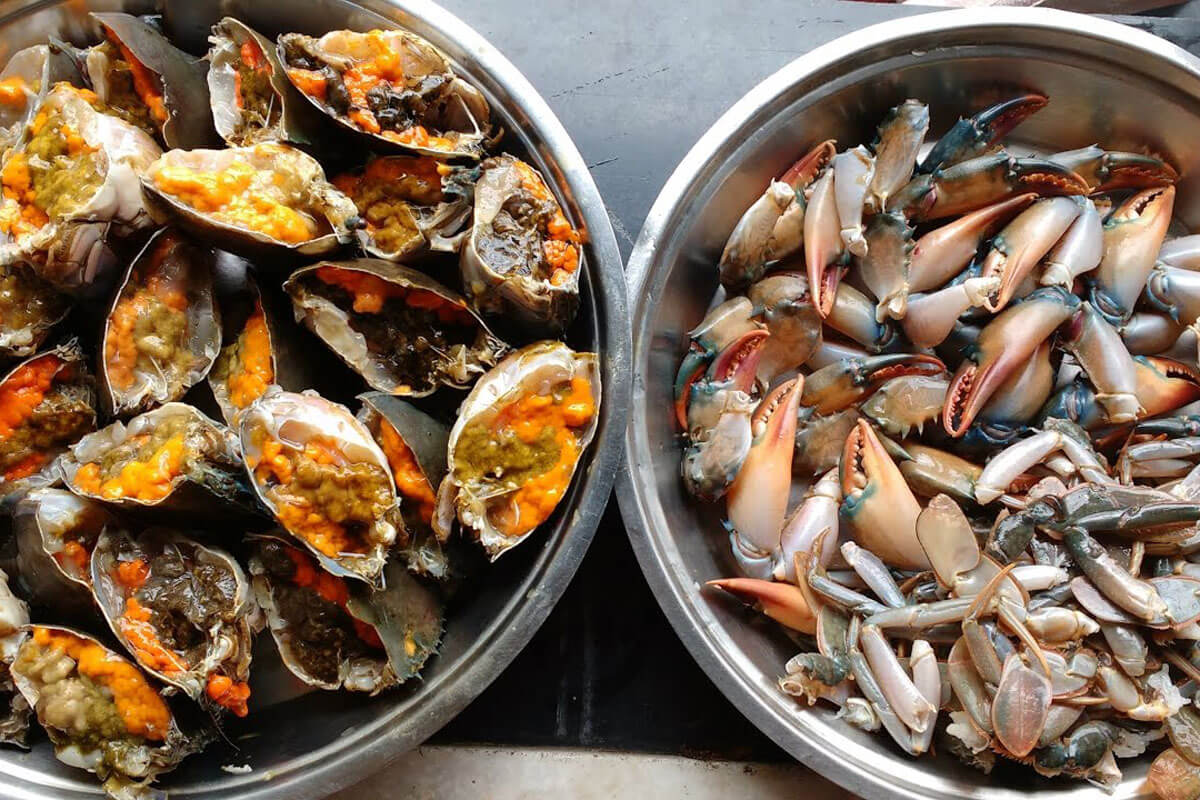 I thought everything about this community was a secret. But I was wrong! the element of secrecy is attributed to the size of the community. There are approximately 60,000 PP’s that are presently residing in various parts of the world, with a large number of them living in Mumbai. The people from this community are fairly affluent, and take pride in educating their women, from before the British era. The community has played an important role in developing the city’s infrastructure. They have given important landmarks including the Mahalakshmi Temple, ‘Bhaucha Dhakka’ (Ferry Warf) and more.
The women take their kitchen seriously and ensure that food is served fresh (they keep up with this ritual even to this day). It is believed that the traditional PP women would only begin cooking when householders actually sat down to eat. The secret to the PP cuisine is only available in a singular book penned by Laxmibai Duran. The ‘Grihini Maitra’ (translates to – a friend of every householder) was written in 1910. The book gives a detailed account of every element that goes into the PP cuisine.
I thought everything about this community was a secret. But I was wrong! the element of secrecy is attributed to the size of the community. There are approximately 60,000 PP’s that are presently residing in various parts of the world, with a large number of them living in Mumbai. The people from this community are fairly affluent, and take pride in educating their women, from before the British era. The community has played an important role in developing the city’s infrastructure. They have given important landmarks including the Mahalakshmi Temple, ‘Bhaucha Dhakka’ (Ferry Warf) and more.
The women take their kitchen seriously and ensure that food is served fresh (they keep up with this ritual even to this day). It is believed that the traditional PP women would only begin cooking when householders actually sat down to eat. The secret to the PP cuisine is only available in a singular book penned by Laxmibai Duran. The ‘Grihini Maitra’ (translates to – a friend of every householder) was written in 1910. The book gives a detailed account of every element that goes into the PP cuisine.
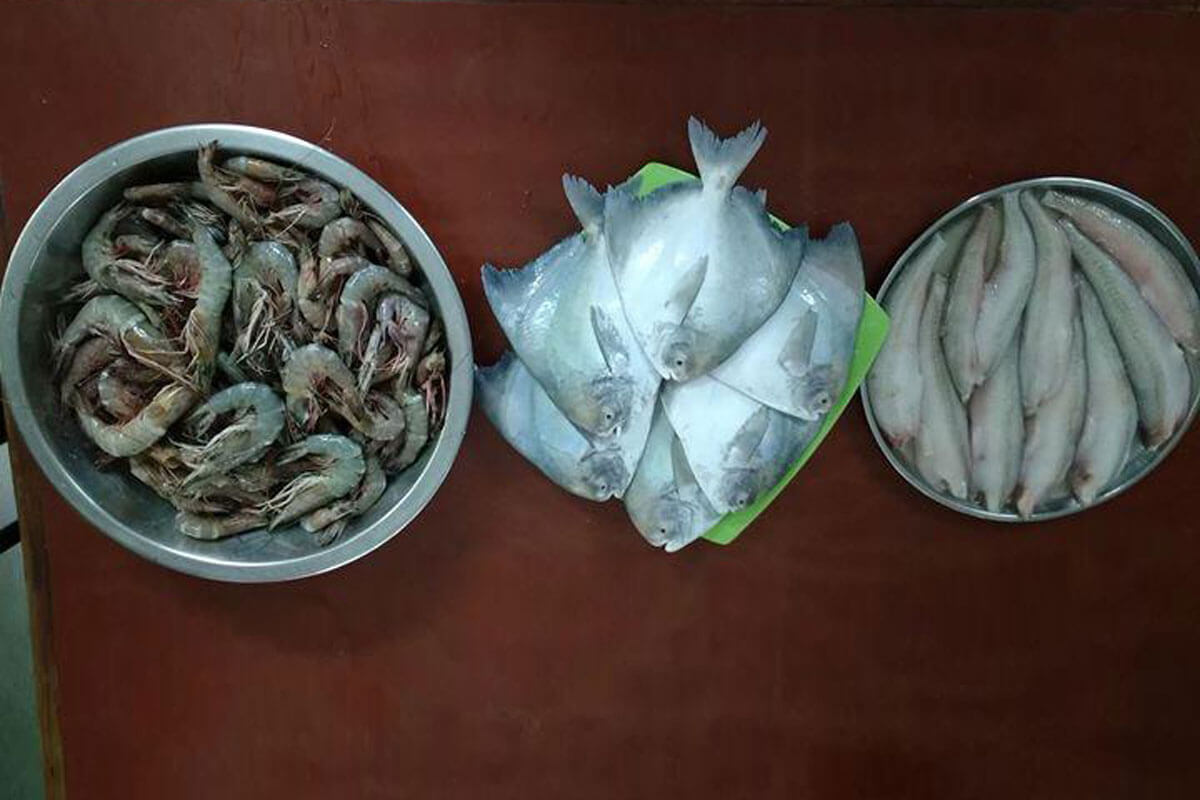 So I have already keyed down a few giveaways, in the previous paragraph, giving insight on the type of food that one could expect on the platter. The PP cuisine celebrates seafood. Hence, seafood lovers have a lot more to explore. They incorporate the more expensive fish variations including lobsters, Bombay duck, and Pomfret in their cooking. The heavy inclusion of seafood in the PP diet is largely owing to the proximity to the ocean. Unlike the Malvani cuisine, that uses a lot of the desiccated coconut, the PP’s use the coconut milk for their curries and tender coconut meat. They use more than 15 ingredients to make the delicious masala’s. Women in the olden days would pound the spices fresh, just before they were to be used. The affluence also explains the involvement of more expensive ingredients. The making of fresh food was owing to the coastal presence. If the food was cooked and kept for long it would go runny. Which is why women made fresh food just when it was about to be consumed.
Since we are in the midst of mango season, I would love to speak of the most delicious ‘Parabhi Pao’. The dish is simple. It is homemade bread, that includes and coarse texture on the outside, and is spongy on the inside. It is believed that yeast for this bread is also cultivated at home. The bread is accompanied with Aamras. A thick, pulpy mango juice that is cherished by Gujarati’s and Maharashrian’s alike. The break is dunked in the sweet ambrosial liquid before it’s consumed. Some of the other dishes include the ‘Karanji’. The Gujarati’s make a sweet variation of ‘Karanji’ that incorporates the use of milk solids, and dry fruits. The PP variation includes a mutton filling (The PP’s don’t really use chicken, as the chicken is cheap.)
The PP version of the famed Gujarati ‘Undhiyo’ (A dish comprising of aubergine, potatoes, sweet potatoes, bananas, seasonal seeds, coconut, and fresh greens. The dish is a traditional Gujarati winter staple.). The PP version comprises all the above-mentioned ingredients coupled with pieces of mutton, fish, and more. the ‘Paplet Bhujane’ is one of the most deliciously prepared PP dishes. It is commonly consumed in most PP households. The preparations involve the use of curried ‘Pomfret’ along with fresh herbs like coriander, chilly paste, ginger, and more. The ‘Gode Mutton’ strikes the perfect balance between a curry and stew and is cherished by every PP.
So I have already keyed down a few giveaways, in the previous paragraph, giving insight on the type of food that one could expect on the platter. The PP cuisine celebrates seafood. Hence, seafood lovers have a lot more to explore. They incorporate the more expensive fish variations including lobsters, Bombay duck, and Pomfret in their cooking. The heavy inclusion of seafood in the PP diet is largely owing to the proximity to the ocean. Unlike the Malvani cuisine, that uses a lot of the desiccated coconut, the PP’s use the coconut milk for their curries and tender coconut meat. They use more than 15 ingredients to make the delicious masala’s. Women in the olden days would pound the spices fresh, just before they were to be used. The affluence also explains the involvement of more expensive ingredients. The making of fresh food was owing to the coastal presence. If the food was cooked and kept for long it would go runny. Which is why women made fresh food just when it was about to be consumed.
Since we are in the midst of mango season, I would love to speak of the most delicious ‘Parabhi Pao’. The dish is simple. It is homemade bread, that includes and coarse texture on the outside, and is spongy on the inside. It is believed that yeast for this bread is also cultivated at home. The bread is accompanied with Aamras. A thick, pulpy mango juice that is cherished by Gujarati’s and Maharashrian’s alike. The break is dunked in the sweet ambrosial liquid before it’s consumed. Some of the other dishes include the ‘Karanji’. The Gujarati’s make a sweet variation of ‘Karanji’ that incorporates the use of milk solids, and dry fruits. The PP variation includes a mutton filling (The PP’s don’t really use chicken, as the chicken is cheap.)
The PP version of the famed Gujarati ‘Undhiyo’ (A dish comprising of aubergine, potatoes, sweet potatoes, bananas, seasonal seeds, coconut, and fresh greens. The dish is a traditional Gujarati winter staple.). The PP version comprises all the above-mentioned ingredients coupled with pieces of mutton, fish, and more. the ‘Paplet Bhujane’ is one of the most deliciously prepared PP dishes. It is commonly consumed in most PP households. The preparations involve the use of curried ‘Pomfret’ along with fresh herbs like coriander, chilly paste, ginger, and more. The ‘Gode Mutton’ strikes the perfect balance between a curry and stew and is cherished by every PP.
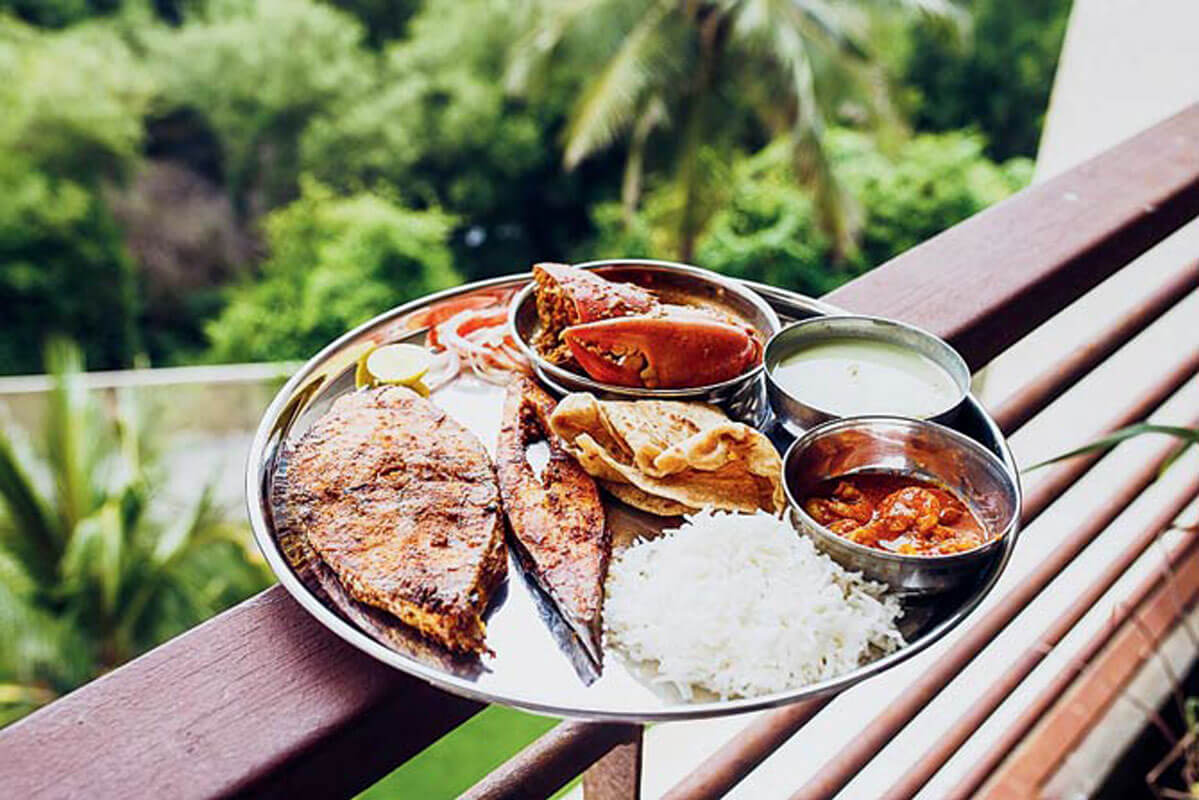 As I close this piece I would like to add that there are some serious efforts being made by the people of the PP community to promote the cuisine. They do show up with some of their delicacies at the pop up shows around the city. There are only a handful of restaurants serving the PP cuisine, and one of the well-known ones is ‘Dine with Vijaykars’ (Jogeshwari). I wish our beloved readers Bon-appetite as we call it a wrap!
For more interesting content follow our Lifestyle and Cultural digital magazine Bananivista. Do “Follow” and “Like” our Facebook page for more updates on contests and events.
As I close this piece I would like to add that there are some serious efforts being made by the people of the PP community to promote the cuisine. They do show up with some of their delicacies at the pop up shows around the city. There are only a handful of restaurants serving the PP cuisine, and one of the well-known ones is ‘Dine with Vijaykars’ (Jogeshwari). I wish our beloved readers Bon-appetite as we call it a wrap!
For more interesting content follow our Lifestyle and Cultural digital magazine Bananivista. Do “Follow” and “Like” our Facebook page for more updates on contests and events.